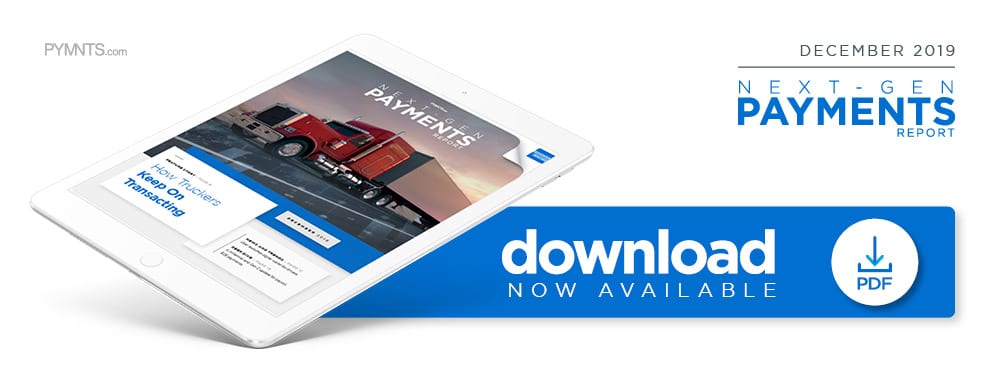Deep Dive: Redesigning Corporate Payments For Next-Gen Clients And Employees

B2B payment practices have resisted significant modernizations for years, as many companies are reluctant to implement updates that require departmental changes as well as adjustments from their suppliers and buyers. Businesses are particularly wary of modernizing their operations until it becomes sufficiently disadvantageous to avoid doing so or obvious that strong returns on investment will occur if they proceed. Updating corporate payments requires coordination across many internal departments — including accounts payable (AP), enterprise resource planning (ERP) systems and more — that are frequently isolated from each other, and firms must also convince their transactional partners to accept digital payments.
The complexities in the B2B payment space are evident in many common practices among firms. The sector has continued to employ paper checks, for example, making 42 percent of transactions this way in 2019. Paper-based invoices and manual AP and accounts receivable (AR) processes further drag down speeds. Clunky practices such as these, however, will not fly for younger generations set to enter the workforce and corporate boardrooms.
Millennials (people ages 23 to 38) and Gen Z (those ages 22 and younger) favor faster, digital methods of making and receiving payments, and the former group is rising through the corporate ranks and gaining influence.
Millennials already comprise 73 percent of the decision-makers in B2B sales transactions, and companies should expect potential payment practice changes to come from this group’s hires. These waves of change will only grow as Gen Z enters the workforce in greater numbers alongside its tech-savvy payments expectations.
This month’s Deep Dive examines how digital-friendly younger generations are changing B2B and other corporate payments.
Millennial and Gen Z’s Economic Sway
The U.S. millennial population was estimated to surpass that of baby boomers this year, with the former group totaling 73 million and the latter measuring 72 million. Younger individuals’ immigration continues to expand the millennial ranks, while older individuals are not immigrating at a rate that maintains the boomer population as more of the latter age group passes away.
The increasingly influential millennial generation is comfortable with digital payment methods, and many use mobile apps every day to bank and more. The generation is also characterized by their fondness for digital, cloud-based document management over paper files. These payment and documentation preferences bleed into their professional business practices as well, with companies working to modernize the invoicing and payment needs of such employees and business clients.
America’s Gen Z population are following millennials into the job market, where they will have significant sway. This age group already comprised nearly 20 percent of the U.S. in 2017 — representing a greater slice of the overall population than its peers in countries like Canada, Germany, Japan or the United Kingdom. Gen Z in the U.S. wields $140 billion in annual spending, giving it market trend influence even before its members dominate the job market and reshape business practices from the inside.
Next-Gen Payment Preferences
It would be in B2B companies’ best interests to realign payment practices to work smoothly with millennial and Gen Z professionals, especially in regards to paper checks. One survey found 30 percent of Gen Z respondents have never used a paper check. Other research similarly found that 21 percent of millennials have never written one.
B2B companies may need to revise other payments approaches as well, as they sent 34 percent of their 2018 payments through the Automated Clearing House (ACH), 13 percent via bank wires and 6 percent through credit cards. A survey of 750 youth ages 18 to 23, however, found a high preference for mobile payments, noting that 79 percent of respondents use a person-to-person (P2P) payments platform at least once a month and 46 percent use digital wallets one to five times a month. Just 18 percent of Gen Z prefer cash payments.
Businesses not only need to reexamine how they pay other companies — organizations seeking to recruit and retain Gen Z and millennial employees may also need to pay particular attention to those workers’ payroll preferences. Fewer members of these generations have bank accounts than their boomer counterparts, and are less likely to be able to take advantage of direct deposit. Younger generations given paper paychecks are also more likely to incur expenses in cashing them: The experience of paying at least $5 to cash a check was reported by 43 percent of Gen Z respondents and 20 percent of millennials, but by only 9 percent of boomers. Many millennials — 64 percent — said they wanted to be able to receive their earnings via pay cards.
Undesirable payment practices can even derail hiring attempts, as 47 percent of Gen Z workers and 31 percent of millennial workers said they would reject a job offer if an organization did not allow them to choose among payroll options.
Staying competitive requires businesses to meet the payment preferences and demands of both their internal employees and external business clients, and all will increasingly be comprised of Gen Z and millennial professionals. B2B companies must be flexible to satiate these tech-savvy younger populations who demand a shift from paper checks and invoices to digital payment platforms, pay cards and other options.

